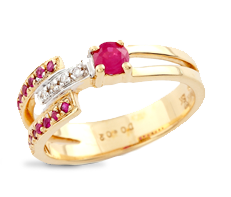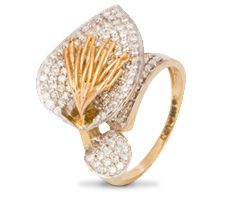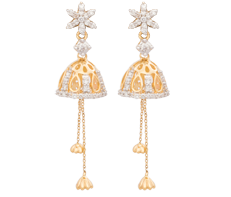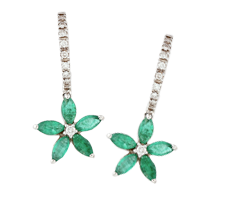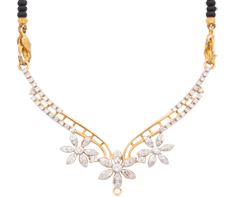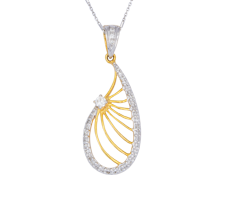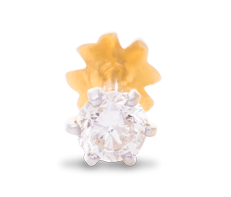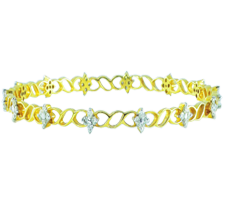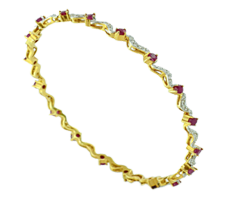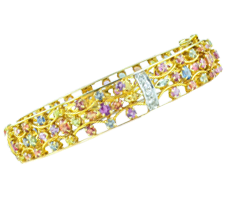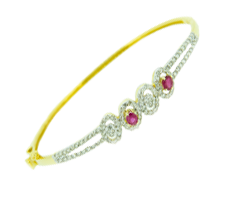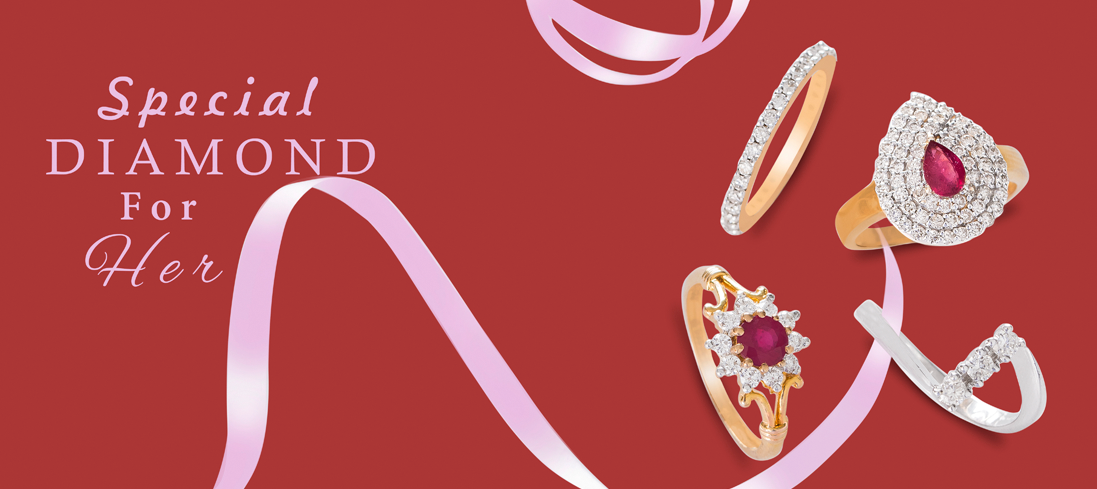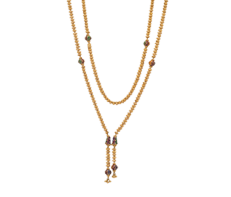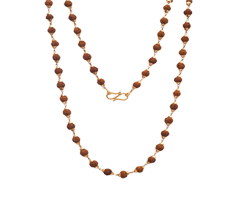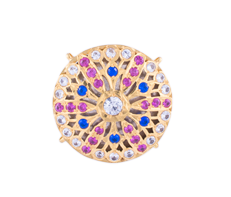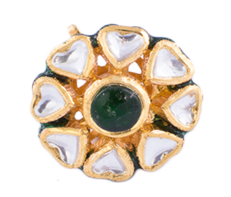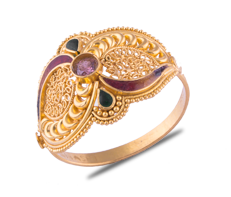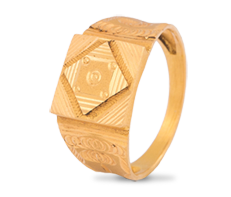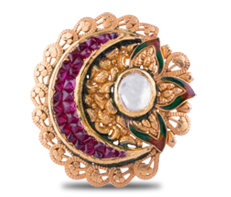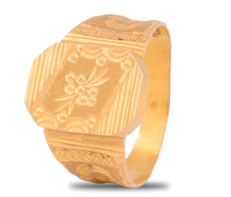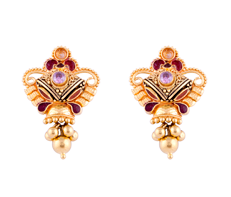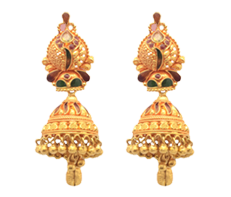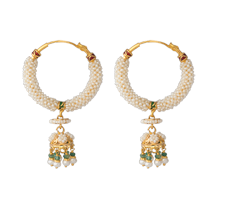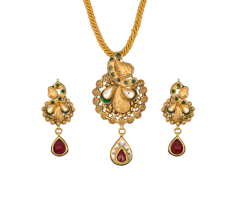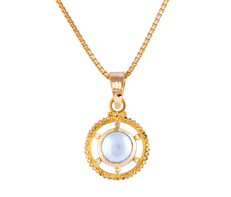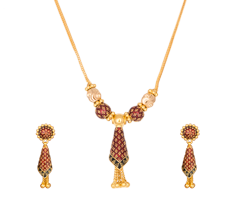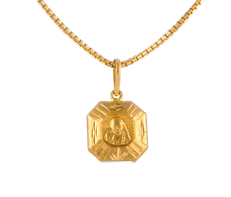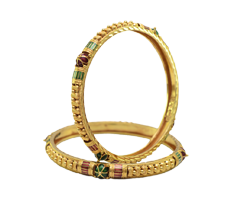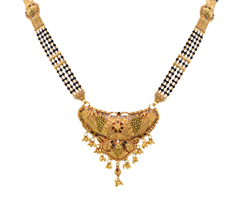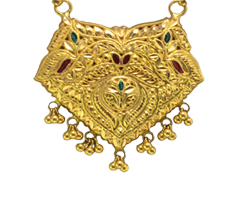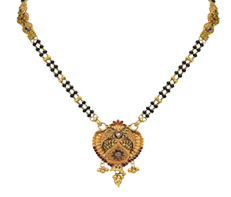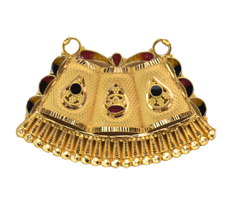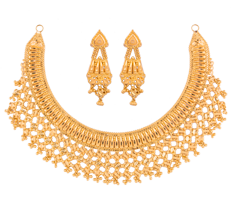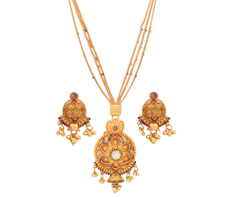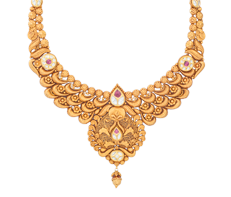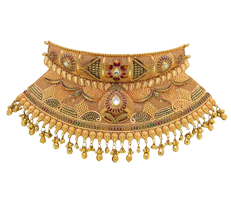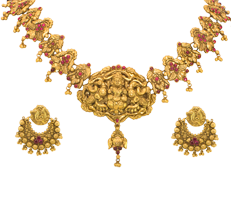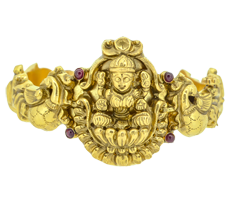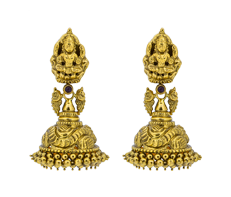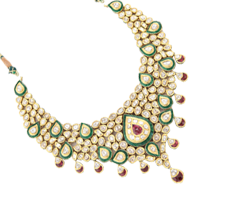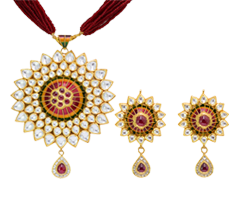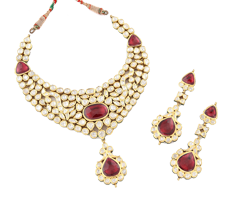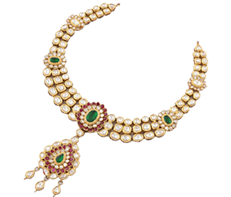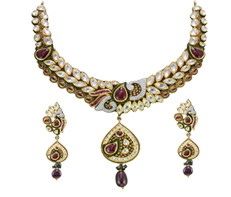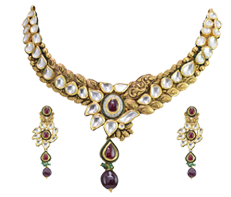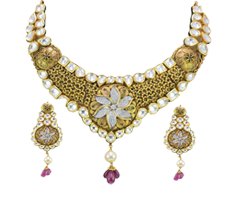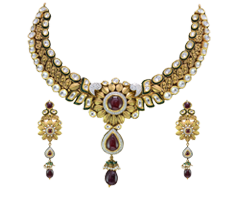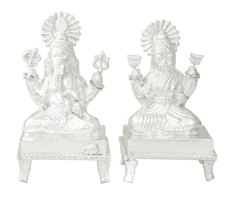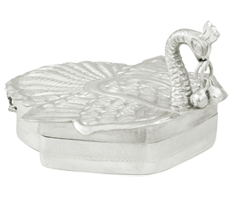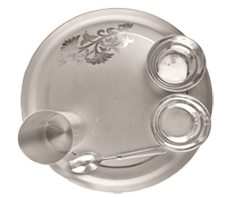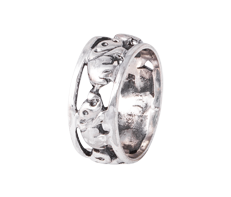The prime factor for captivating the attention of people around the world towards India is the vividness of the festivals celebrated in the nation. One of the biggest remembrances in the Indian Hindu calendar is Navratri which comes along with a chain of festivities. The word Navratri is a combination of two Hindi words Nava symbolizing ‘nine’ and ‘ratri’ meaning night. During the night days, the different forms of goddess Durga are reverenced everyday with spiritual prayers. Every Indian festival commemorates the spirit of goodness i.e. victory of good over evil but there are many different mythological reasons due to which the Navratri is momentous.
Widespread belief is the killing of demon called Mahishasura. He was a demon who took several penance to get a boon that no male could kill him.
1. Maharashtra
The city-dwellers believe that Navaratri is manifestation of new beginning therefore the nine days are considered the most auspicious period for owning new properties, deal or starting a business. The women organize get-togethers with the married friends to perform a ritual of painting their forehead with haldi and kumkum, subsequently exchanging gifts. Like the other states in Maharashtra too dandiya and garba is performed for the nine days.
2. Gujarat
The people of Gujarat wait to celebrate Navratri for the whole year. Like all Indian states, the people worship the goddess for nine days but with a difference. A pot with small diyas inside having small holes on its surface is lighted during the prayers by the women. Garba and Dandiya dances are performed in the evening hours at various temples by the people.
3. Punjab
The people fast for the first seven days as they usually end their fast on the eighth days which is accompanied with worship of nine girls and one boy. Every night ‘jagratas’ take place i.e. the people stay awake to worship the goddess shakti the entire night.
4. Himachal Pradesh
The celebration is completely different as it starts on the tenth day of the Navratri. The people of Himachal Pradesh celebrate the festival by uniting with their relatives and friends and offer the prayers collectively. The tenth day is also called the Kullu Dusshera as procession takes place in which the deities of Hidimba are taken from Kullu to Dhalpur on Dusshera. A huge number of people gather for this celebration as it is also the day when Lord Rama returned to Ayodhya. People sing and dance on devotional songs and in some villages, exhibitions are set up.
5. Kerala
The state with the highest literacy has a different style of Navratra celebration. In Kerala, the parents motivate their children towards learning better by gifting books. The eighth, ninth and tenth day are considered auspicious for little kids to start their education.
6. Delhi
In the capital, both Durga Puja and Navratri are celebrated equally. The residents by a large are Bengalis who enjoy Durga Puja wholeheartedly through the city. During the Navratra, a presence of dandiya crowd is also felt. But in scale of dandiya parties, it is not equivalent to Maharashtra and Gujarat. At most of the spots in the city Ramlila is performed. Huge stages are decorated and the most significant incidences from Lord Rama’s life are narrated through a play. Most of such shows end up on the day of Dussehra when the statues of Ravana are burned at various places.
7. Tamil Nadu
In the nine days, the Tamil people worship the three goddesses - Lakshmi and Saraswati, and Durga. By a major fraction the festival involved married women praying for the long lives of their husband. Also some of the girls pray to the goddess for having a suitable match in their life. What makes the celebration utterly different is golu – sacred stairway which consist of nine steps, each step represent each day of the Navratri. The idols are placed on the staircase according to the day and worshipped. The staircase is inherited from one generation to another. When the festival ends, the idols are immersed into the water bodies.
8. Karnataka
One of the biggest festivals celebrated in the city are Dusshera and Navratri. The celebration started in the early 1600s when the rulers demonstrated their power through the festive celebration. Instead of the capital, the aura of festivity is greater in Mysore because of the belief that the demon Mahishasura belonged to the city. One of the famous landmarks of Karnataka Mysore Palace is illuminated during the Navratri and a grand celebration takes place on the day of Dussehra.
9. Andhra Pradesh and Telangana
Andhra Pradesh and the newly-formed Telangana celebrate Bathukamma Panduga during Navratri. The festival got its name from the Telugu word Bathukamma. Bathuku in Telugu means life and amma means mother. Bathukamma Panduga begins on the day of the Mahalaya Amavasya and the festivities conclude on Ashwayuja Ashtami, often called Durgashtami in the rest of the country. This day falls two days prior to Dussehra. Bathukamma is followed by Boddemma, a seven-day festival that marks the end of the monsoon in the region. In the context of the festival, Bathukamma refers to a beautiful flower stack, arranged with different unique seasonal flowers. Most of these flowers have medicinal values and are arranged in seven concentric layers in the shape of temple gopuram. The festival celebrates the goddess in the form of Bathukamma, the patron goddess of womanhood. This version of Navratri is more feminine than others. It usually involves women dressing up in traditional saris and decks themselves up. On the 10th day, these batukammas are immersed in the river as a sign of farewell.


